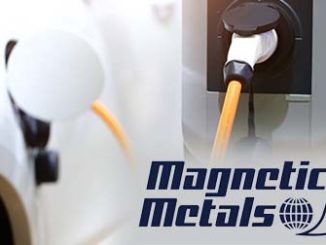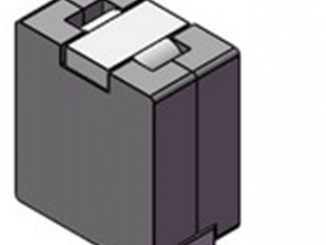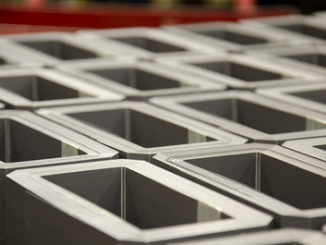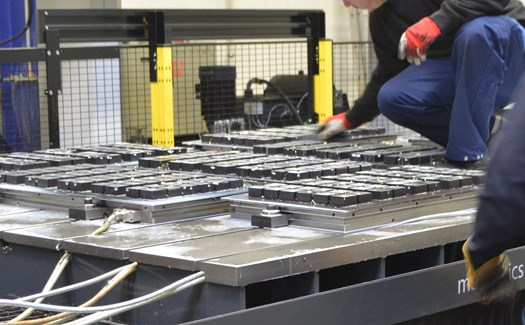
High-quality neodymium in the magnetic core of an industrial lifting magnet is almost immortal, notes Walmag of Czech Republic, a long-time producer of lifting magnets and chucks – but safety inspections of the full product should be conducted regularly. Some of the intricacies and rationale for this are explained by the company in a helpful presentation available on their website. This article highlights a few key points.
High-quality lifting magnets and magnetic chucks can last many years, they’re almost indestructible. They still need regular service and inspection, though—especially load lifting magnets. Only a regularly inspected lifting magnet can be considered 100% safe and yearly inspections can be required by law. During the inspection, a pull-off test is performed to make sure the magnet has a sufficient power reserve. Only authorized inspectors can inspect certified lifting magnets and issue an inspection certificate.
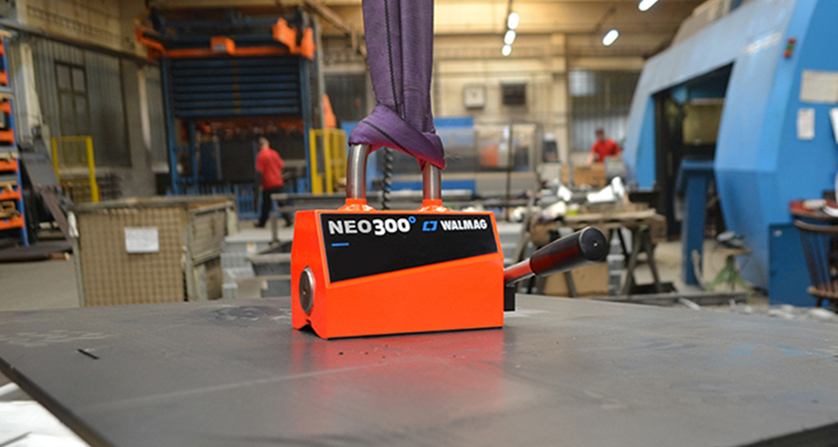
The magnets themselves have a very long service life. The magnetic core in a lifting magnet or a magnetic chuck is hidden inside the device, protected from adverse effects and less-than-ideal external conditions. This means that high-quality neodymium magnets rarely get damaged, don’t degrade and don’t lose their magnetic force.
As a result, servicing a magnet often means servicing every other part but the magnet. The most serviced components of a lifting magnet are usually the plates or the switch lever. These are most subjected to pressure and tension when the magnet is being used, so they wear out more quickly than other parts of the magnet.
The most expensive part of a magnet is the magnetic core (made of neodymium, iron and boron) and the rotor. A rotor rarely needs to be replaced and a magnetic core doesn’t degrade. Replacing all other components of a magnet is always less expensive than getting a new one, says the company.
A Czech manufacturer of top lifting magnets, magnets for clamping during machining and demagnetizers, WalMag knows about longevity in the field of magnetics. An outgrowth of the historic O.S. Walker Company founded in 1897 by Oakley S. Walker, inventor of the electromagnetic chuck, WalMag traces the roots of its present operation back 30 years as Walker Pilana Magnetics before coming under independent Czech ownership in 2011.
For more info and the full presentation, see www.walmagmagnetics.com.

